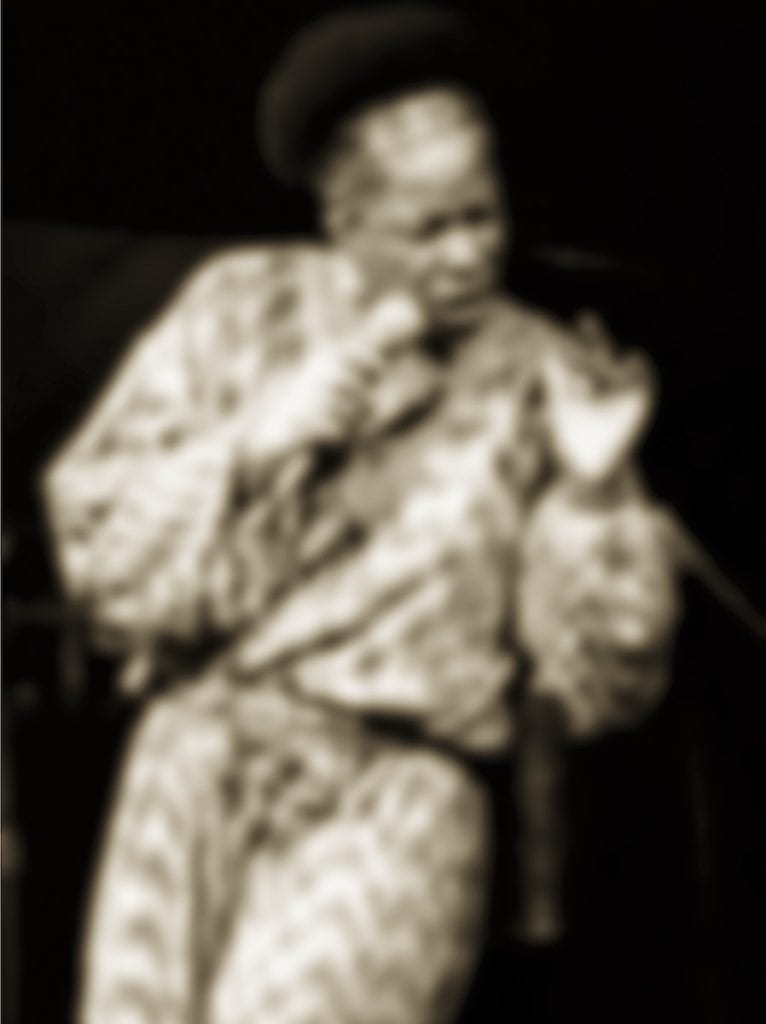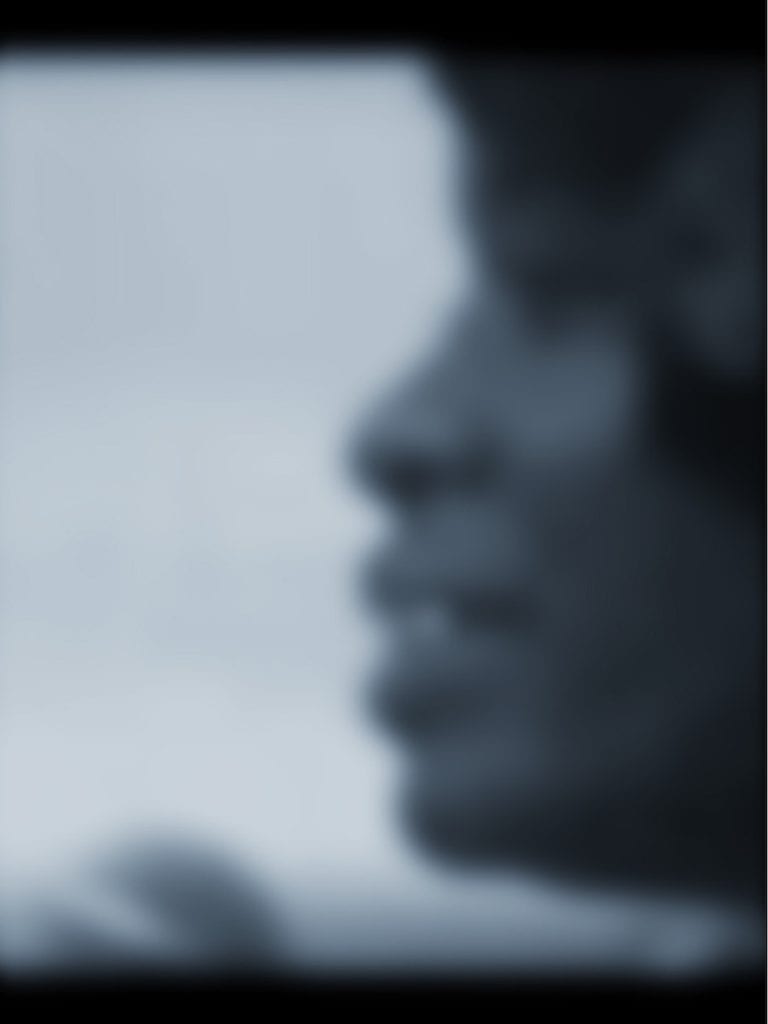Carrie Mae Weems invites us to look; she doesn’t tell us what to see. Regarded as one of the most influential American artists of our time, her work could have easily become didactic, and yet she interrogates social and political issues in a manner that remains reflective. “I cannot lead you to anything but I hope that [my work] provokes critical enquiry,” she explained in an interview with BJP-online ahead of her headlining Scotiabank CONTACT Photography Festival 2019, which took place in May of last year in venues across Toronto, Canada. “If my work encourages you to ask ‘what is that and what does it mean?’ Then, I think I have done my job.”
Weems was 20 when she first experimented with a camera – a gift from her then-boyfriend, Raymond. The artist has since employed the medium, together with text, film and performance, to unravel entrenched ways of seeing and to encourage us to question widely-held truths. Weems’s belief that to understand the present we must examine the past shapes her work. She looks backwards and forwards, inwards and outwards, to investigate a long list of subjects — gender politics, class, family relationships, and the consequences of power.
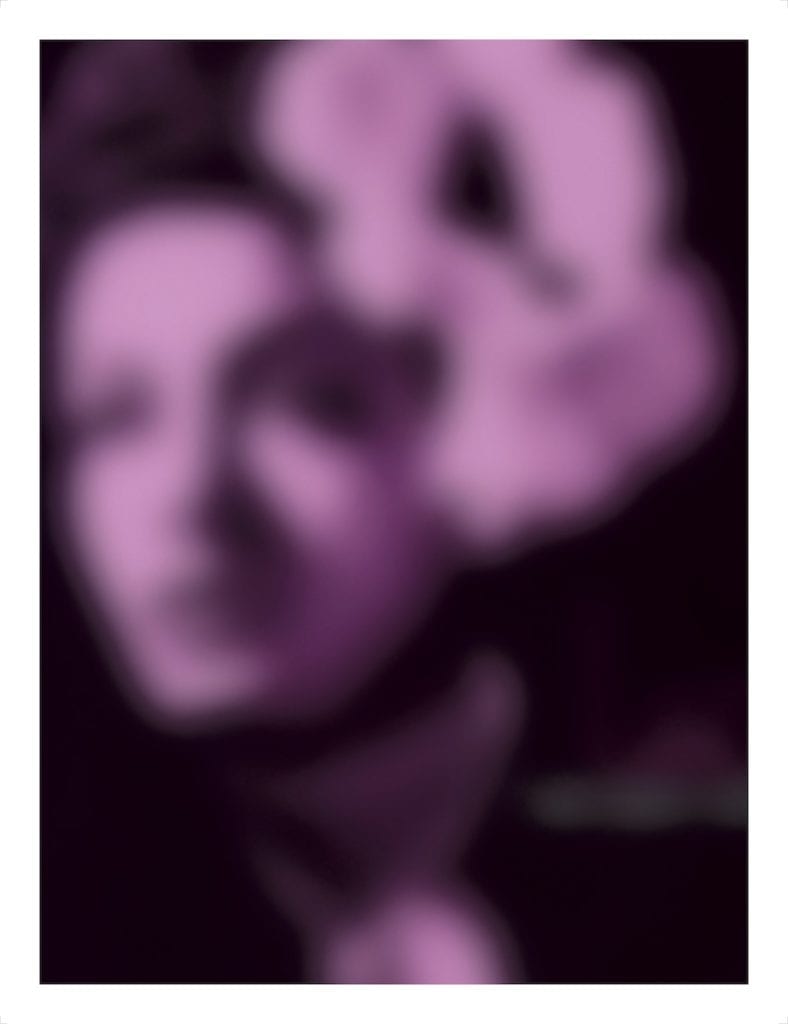
The work, which was on show at CONTACT 2019, draws out central themes in Weems’s practice. Across two exhibitions and three public art installations, the photographer confronted issues connected to conceptions of race and gender, along with investigating the history of violence and its contemporary manifestations. The work, which was exhibited, is a testament to the aesthetic strategies that underlie all of her practice; strategies that expand what an artwork can be, and how it can make us see things. “I think about them as concentric circles,” she explains. “Things that are always overlapping with one another because their concerns are never really changing — they are just shifting focus.”
Weems’s use of colour emerges as a central strategy throughout the work. In Blending the Blues, an exhibition that was on show at CONTACT Gallery, Downtown Toronto, and comprised photographic works spanning three decades — seductive blocks of colour and the application of vivid hues served to draw audiences in. But, they also function on a conceptual level. In diverging from the expected, the photographer collapses our understanding of race and encourages us to acknowledge how it affects the way we perceive things. “I am an artist first and foremost,” she says. “How to work with that, how to use that, is really important. How do you employ elements of beauty and lyricism and gentleness to bring an audience to a difficult subject?”
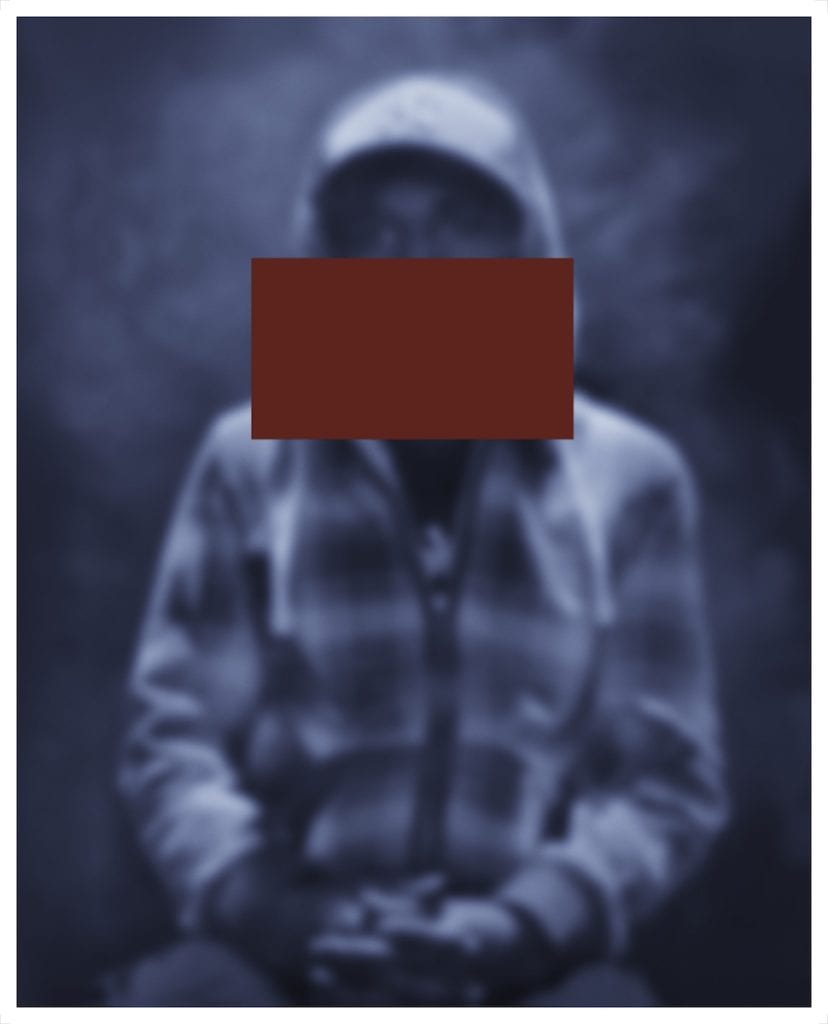
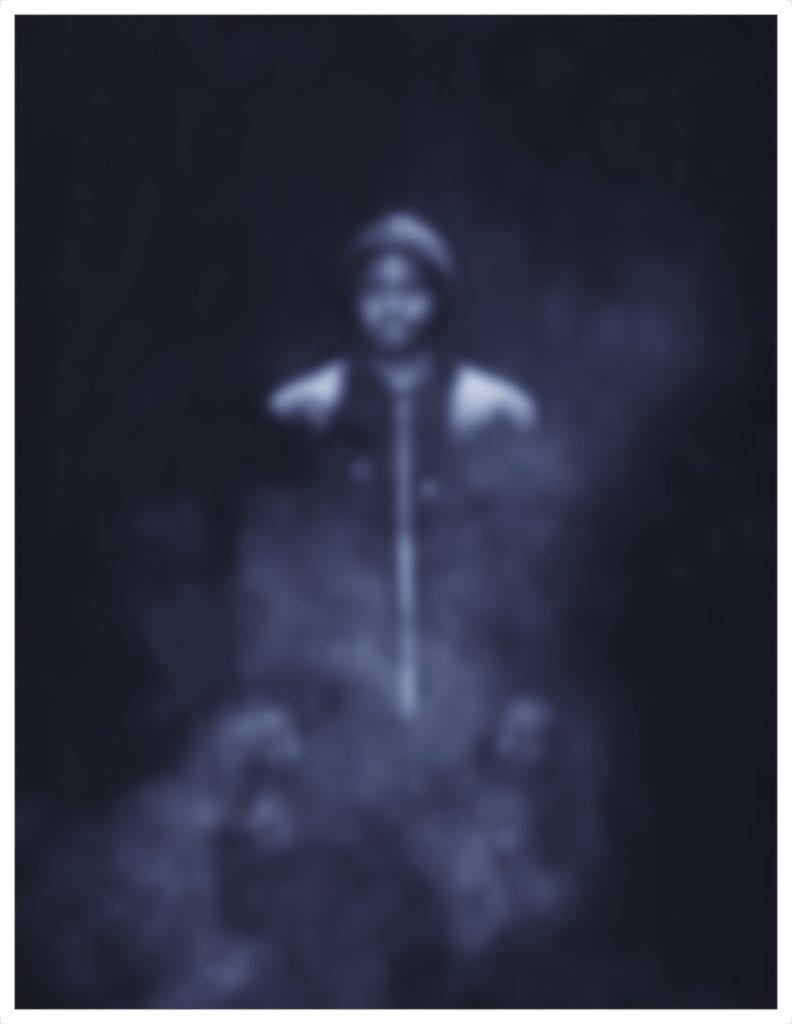
Weems’s relationship to the notion of race is complex: “I have always tried to resist that term. I am aware of its dangers and limitations, and what it actually does – the way in which it divides us.” The small Portland community that Weems grew up in during the 1950s avoided the label ‘black’. “When you described someone you might call them that caramel coloured girl, or that coffee-coloured girl, or, he is a blue-black boy,” she explains. In the piece Untitled (Colored People Grid), 2009, colourised black-and-white portraits of African-American children visualise such descriptions. “You take it to the absurd, and the fun, and the effervescent — high yellow, lemon meringue, burnt orange, and violet,” continues Weems. “You start to become whimsical with the idea, not only to express the beauty of notions of colour, but also the absurdity of notions of race in relationship to colour.”
In the series, All the Boys, (Blocked) and (Profile), 2016, Weems applies blue tints and, in some instances, blocks of red to what appear to be police mugshots. Here, colour serves to elicit pertinent questions about police brutality. The use of blue is also significant. “It has been a constant metaphor, which I have come to again and again and again,” she says. The colour with its myriad connotations — melancholy, heaven and despair — encourages us to reconsider the boys and men who it now obscures and the mechanisms of oppression, which may have situated them in the original frames.
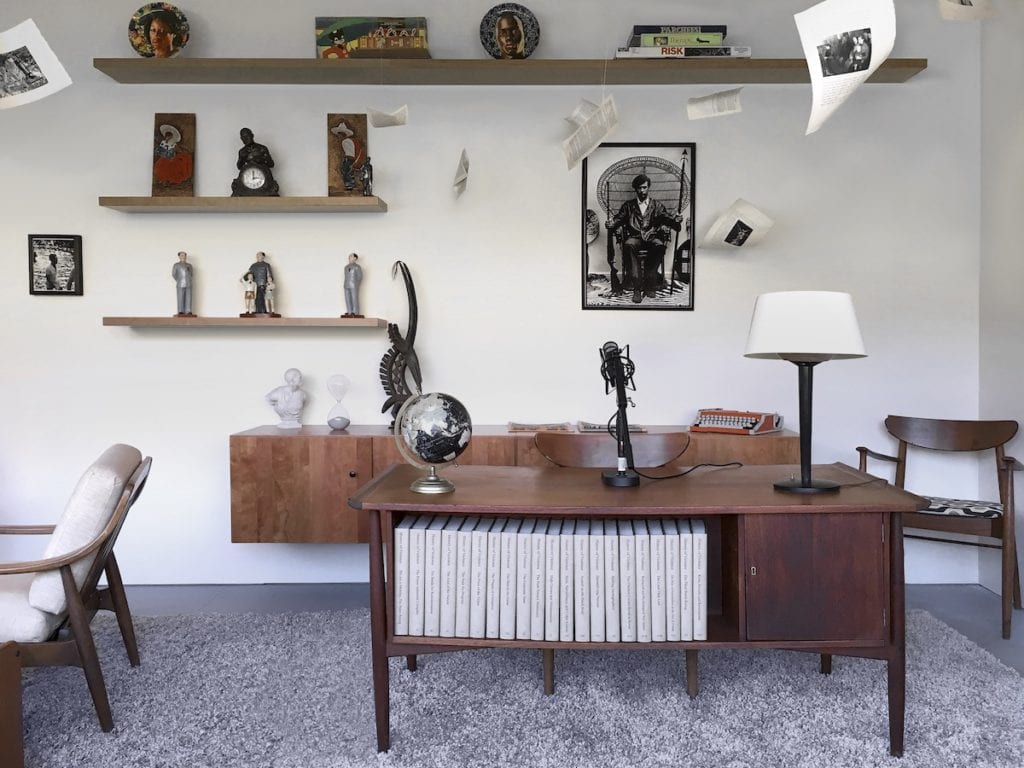
Systematic violence toward people of colour was also explored in the second exhibition, Heave, which was on show at the Art Museum at the University of Toronto. The installation comprised familiar spaces — the classroom or an entertainment complex. Offering a momentary illusion of comfort, each room housed an in-depth investigation into the darker undercurrents of recent history — from the upheavals of the 1960s through to the present day. “I was coming of age during that time,” says Weems, “and part of my outlook and ideas were really informed by it.”
In Heave: Part I – A Case Study (A Quiet Place?), 2018, a constructed domestic space was embellished with signs and found ephemera — revolutionary icons, popular music, magazines, games and icons. A set of bound books, neatly arranged in a mahogany desk, included titles such as The Prison Industrial Complex, The Battle for Representation, The Skin in the Game, The Corporate State, and Spies, Surveillance, and Cyber Attacks. Displayed alongside a video compilation that mixed historic newsreels and contemporary frames, Weems blended the past with the present, inviting us to consider the history of violence and its contemporary manifestations.
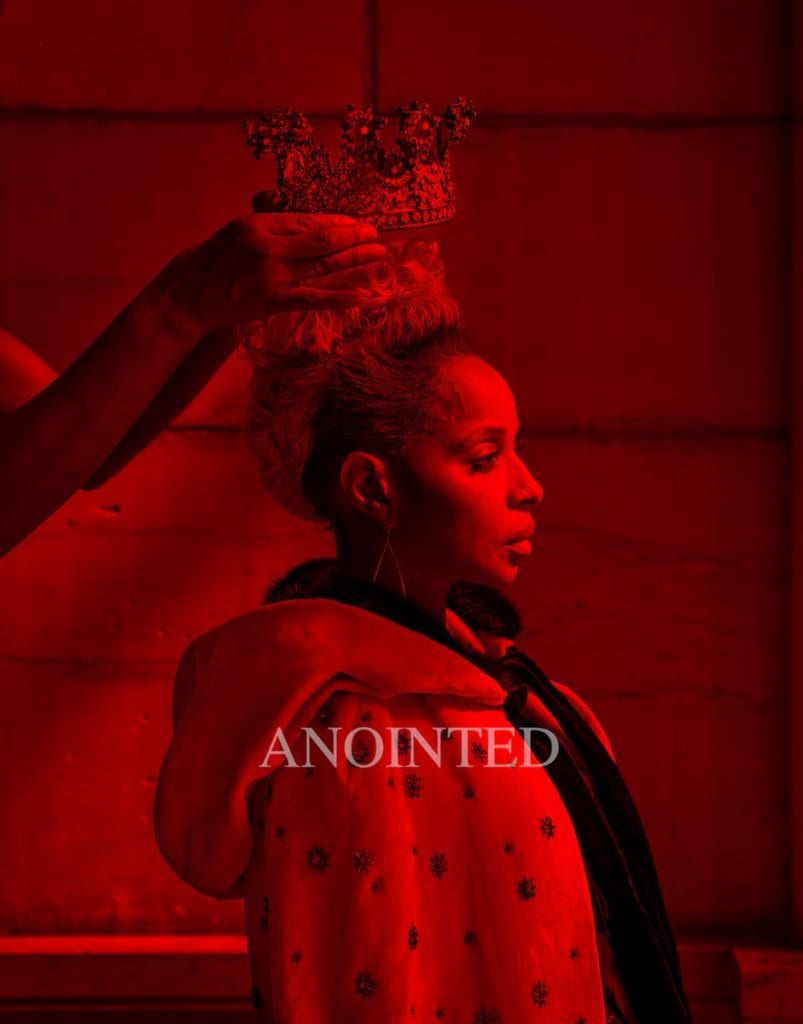
The themes explored, and strategies employed, throughout the two main exhibitions, ran through Weems’s three installations displayed in distinct locations across Toronto. “Together, they give you a sense and breadth of my work,” she says. Anointed (2018), a banner that was installed at 460 King Street, features a portrait of Mary J. Blige cast in red and overlaid with white text spelling out the piece’s title. Originally commissioned for W Magazine, the image celebrates the success and resilience of an artist who has faced myriad personal and societal challenges. A selection of images from her series Slow Fade to Black, 2010, was on show at Metro Hall. In these, Weems obscures images of historically significant black female singers from the last century through blurring and the application of tinted hues. In doing so, she alludes to these artists’ ‘slow fade to black’ — their disappearance from collective American memory, in part due to the colour of their skin.
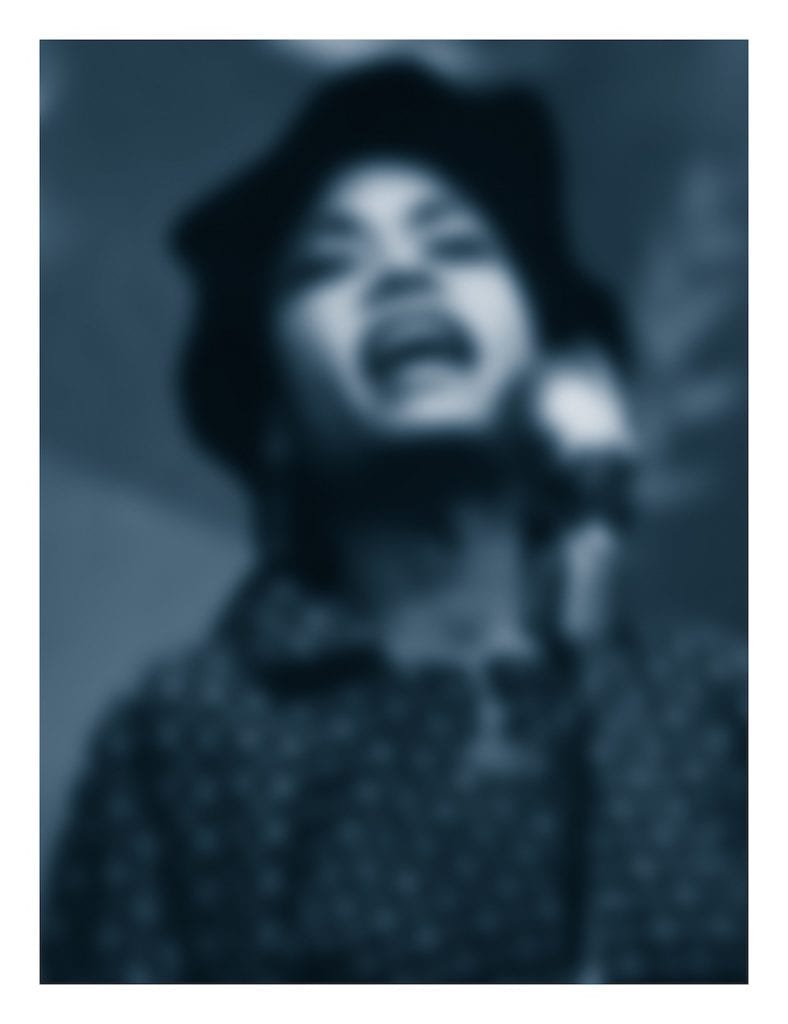
Across the street, at the TIFF Bell Lightbox on King Street West, two works from Weems’s 2016 series Scenes and Takes stood at street level. Situating herself in the frame, back to the camera, Weems’ invites us into deserted television sets, encouraging us to consider the role of black women in popular culture. “So again, these are poetic and beautiful with this tongue-in-cheek narrative that is a kind of cultural examination,” she explains. “In that way, the work remains remarkably consistent even though it is spun out across a number of different platforms.”
Today, images of violence and discrimination are inescapable. They force us to confront difficult issues while simultaneously desensitising us to them. Weems has forgone this pictorial vocabulary. She continues to reinvent the photographic medium and in doing so offers a new vantage point on the themes explored. “Great literary figures are great literary figures because they bring us a powerful social narrative in a form that we all see ourselves,” she reflects. “I am hoping that might be the case, or can be the case, with the work that I make.”
Scotiabank CONTACT Photography Festival ran for the month of May 2019 across different locations in Toronto, Canada.
carriemaeweems.net
scotiabankcontactphoto.com
